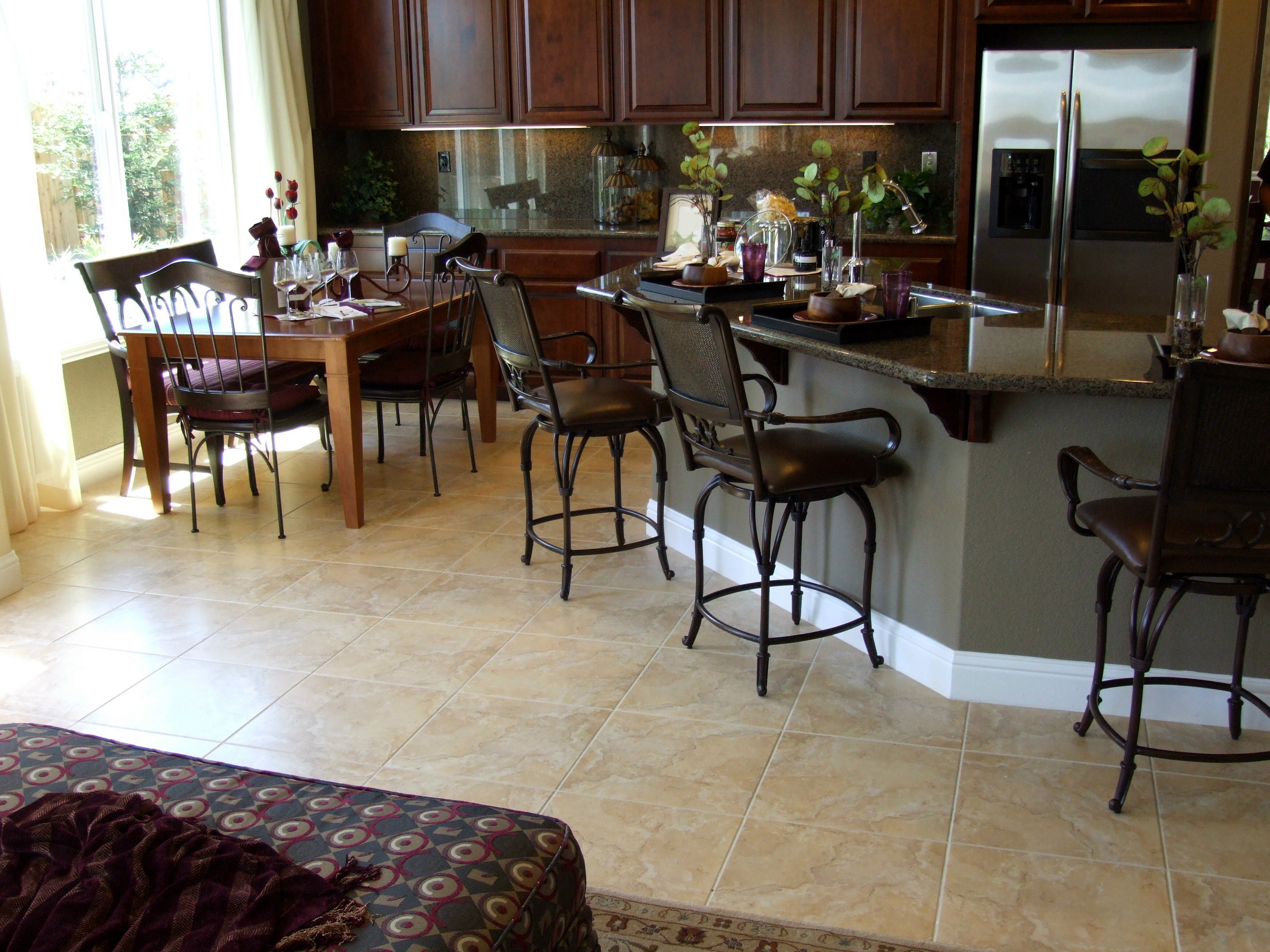Do I Need A Flexible Tile Adhesive?
There are a number of standard classifications of tile adhesive that determine how flexible the adhesive is and this should concern you if you are installing tiles as part of a home improvement project and the tiles will be in a position where there is likely to be movement after the tiles have been fixed in place. This could be ongoing movement due to temperature and moisture changes such as porcelain floor tiles laid over a timber floor, which is liable to expand and shrink as the climate changes. It could also be tiling installed in a new building where a concrete or brick structure may initially be subject to some settling. But movement of a tiled surface can also happen to a lesser extent in other situations such as a tiled bath panel which may suffer some minor movement every time the bath is filled.
Tile adhesive can be broadly grouped into two classifications: S1 and S2 as an indication of how much an adhesive will deform after installation of a tile. The S1 classification indicates deformation between 2.5mm and 5mm and the S2 classification indicates deformation of 5mm or more.
It is also important to note that flexibility is not the same as elasticity: the S1 and S2 classifications refer to adhesives that are flexible but will not necessarily return to their original shape after deformation (i.e. they are not elastic). For an adhesive to exhibit elastic properties it needs to also be defined as “elastometric” but not all S1 and S2 adhesives are also “elastometric” so depending on your particular tiling situation you should also check for this property of the adhesive. It is definitely not the case that any old adhesive will do – your choice of adhesive is just as important as your choice of tiles.
If you think there will be initial movement as a new concrete floor or walls settle then a non-elastic adhesive will be adequate but for installations on timber floors, which are subject to frequent, significant movement an elastometric S2 adhesive would be the best choice.
So make sure you choose the right tile adhesive and if in any doubt ask the professionals.






Recent Comments